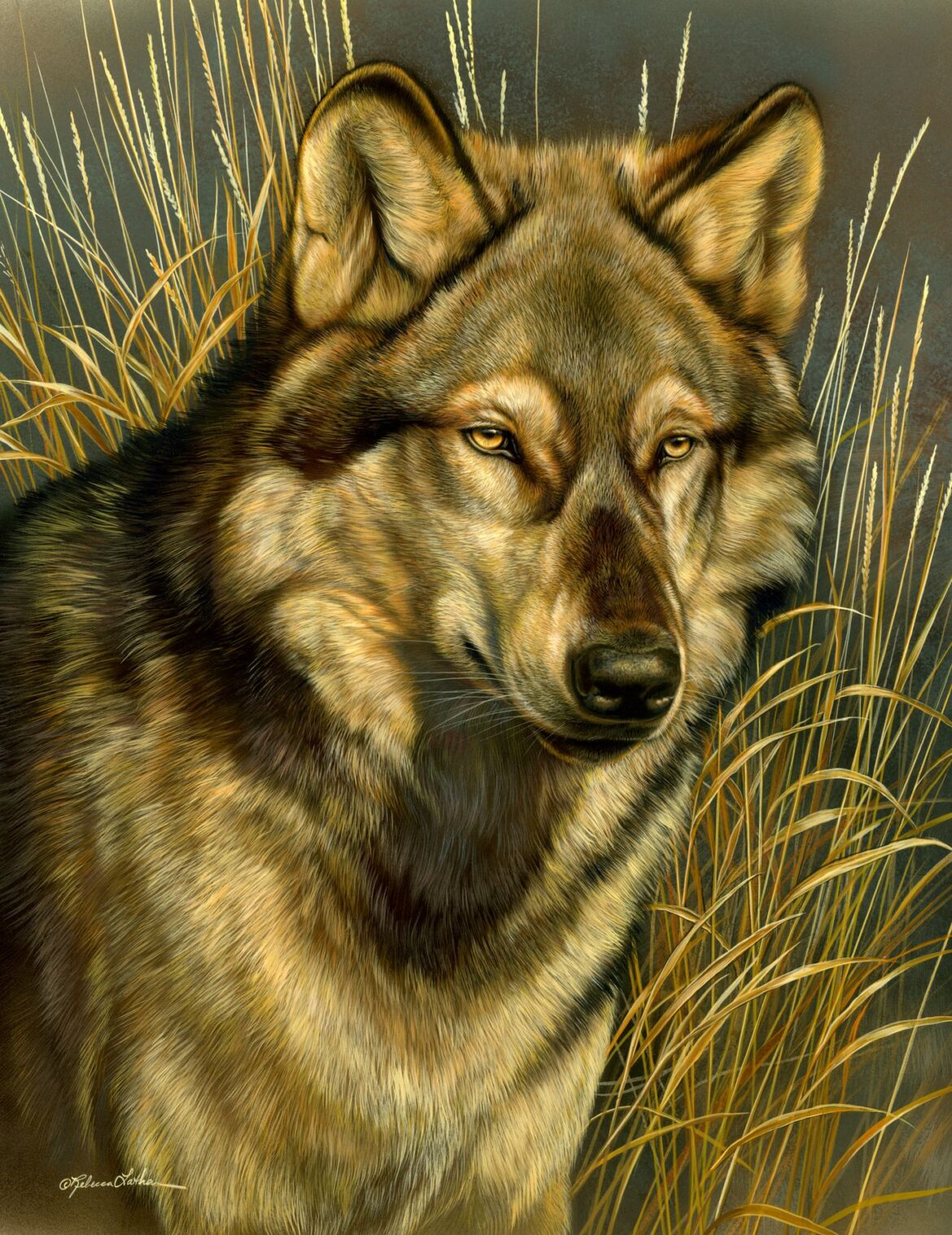To truly understand wildlife, one must see it—not just in passing, not simply through reference photographs, but in its natural rhythm, in the quiet moments that reveal its essence. As an artist, painting from real-life observation is not just a practice; it is a necessity. It is the difference between capturing an image and capturing life.
In the field, the details speak louder. The way the sunlight shifts over the curve of a river, the restless flicker of a bird’s eye scanning its surroundings, the softness of fur against a cold wind—these subtleties cannot be learned secondhand. They must be witnessed. They must be felt.
A painting drawn from true observation carries something deeper than technical accuracy. It holds understanding. To watch a fox at dusk, to trace the delicate movements of a deer as it steps through the trees, is to learn not only their forms but their spirit—the way they belong to the landscape, the quiet urgency in their movements, the tension between survival and stillness.
There is an honesty in seeing creatures as they exist, without interference, without expectation. When we work from real-life observation, we allow nature to dictate the story. We become witnesses rather than interpreters, observers rather than creators of imposed meaning. This respect for truth translates into the brushstrokes, into the way light and shadow merge, into the authenticity of the moment preserved on canvas.
Wildlife is not a collection of static figures, waiting to be painted. It moves, breathes, interacts—it changes with every passing instant. To paint with integrity is to honor that ever-shifting world, to observe with patience, to render with reverence. For it is in seeing, in truly seeing, that we come closest to understanding.
And perhaps, through such honesty, a viewer may pause long enough to see it too—to recognize the beauty, the fragility, and the irreplaceable presence of nature that must be protected.
